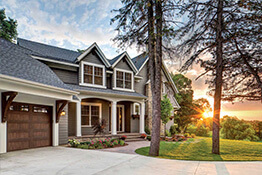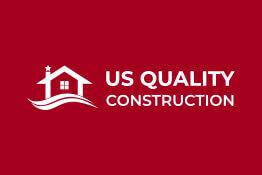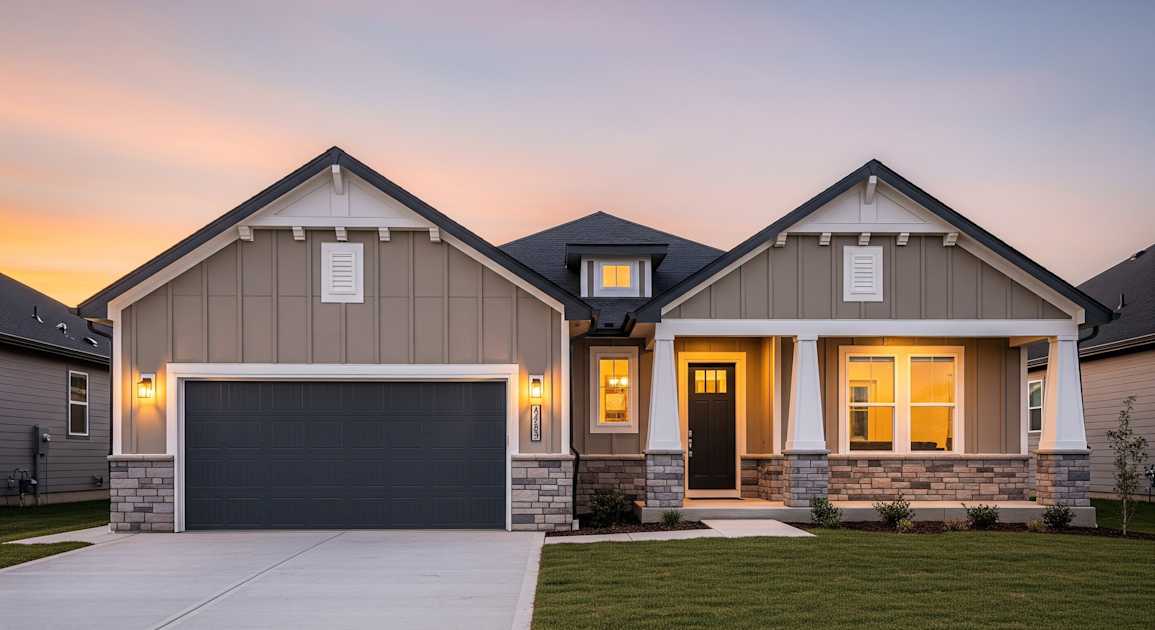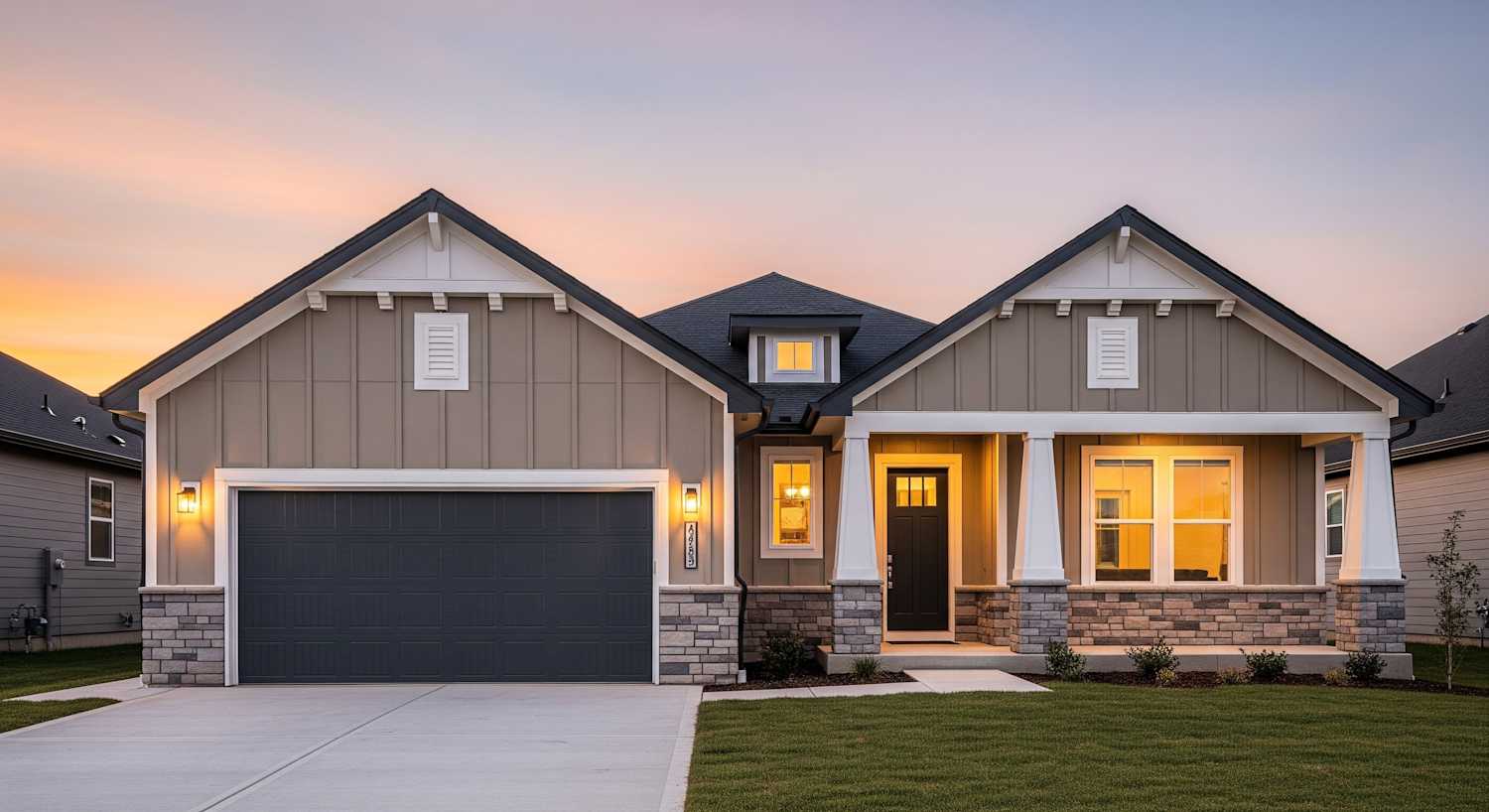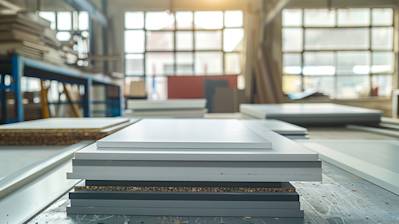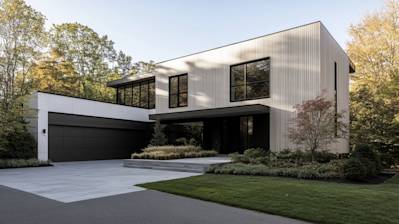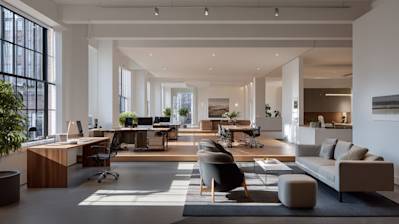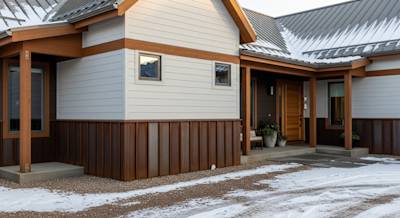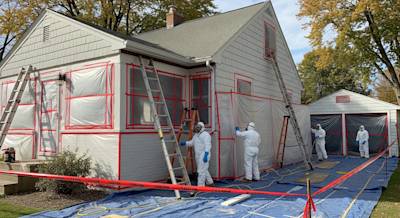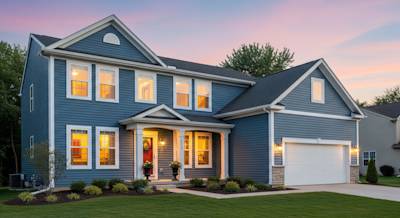With countless home improvement options available today, making the right choice can be overwhelming. Amongst the vast selection is a revolutionary exterior upgrade known as vertical vinyl siding. This blog will provide a comprehensive look at the vertical vinyl siding, highlighting its aesthetics, benefits, installation, as well as care and maintenance in a quest to enrich your understanding.
What is Vertical Vinyl Siding?
Vertical vinyl siding, also known as board and batten siding, is a unique exterior cladding that is installed vertically, hence its moniker. The design consists of alternating large boards and small battens that together create an appealing aesthetic giving your home a visual twist compared to traditional horizontal sidings.
The Unmatched Beauty of Vertical Vinyl Siding
Vertical vinyl siding offers a distinctive look that stands out from the traditional horizontal siding most homes carry. The vertical pattern makes houses appear taller, and its texture adds depth to the building's aesthetic. From rustic to modern, the siding can be customized to fit various architectural styles seamlessly.
Benefits of Vertical Vinyl Siding
Choosing vertical vinyl siding for your home exhibits a multitude of material benefits:
Weather resistant: Vinyl siding can resist harsh weather conditions, including high wind, heat, and cold. It's also unaffected by salt, which makes it an excellent choice for coastal homes.
Low Maintenance: Unlike other siding materials, vinyl doesn't rot or peel and never needs to be painted.
Cost-effective: Vinyl is considerably less expensive than other siding materials and requires less labor for installation.
Energy efficient: Insulated vinyl sidings can improve your home's energy efficiency by reducing thermal bridging.
Installation Guidelines for Vertical Vinyl Siding
Installation of vertical vinyl siding requires professional precision. Even though it's advisable to hire experienced installers, property owners who fancy DIY projects need to adhere to some essential guidelines:
Prepare the surface: Ensure that the cladding is applied to a smooth, flat surface.
Correct nailing: Avoid driving nails too tightly; Allow for siding movement.
Furring strips installation: These should be installed to keep the siding perfectly straight and secure it properly.
Cutting the siding: Make sure the cuts are straight, especially at the top and bottom of the walls.
Caring and Maintaining Your Vertical Vinyl Siding
Maintaining vertical vinyl siding is relatively easy compared to other siding materials. However, it's essential to keep it in optimum condition. Following are a few maintenance tips:
Cleaning: Regular cleaning, using mild detergent and a soft-bristle brush, can keep your siding looking brand new. Rinse thoroughly to prevent residue.
Inspection: Regularly inspect your siding for signs of damage. Minor repairs now can prevent major repairs in the future.
Avoid heat sources: Vinyl can warp under intense heat. Avoid placing grills or outdoor heaters close to your siding.
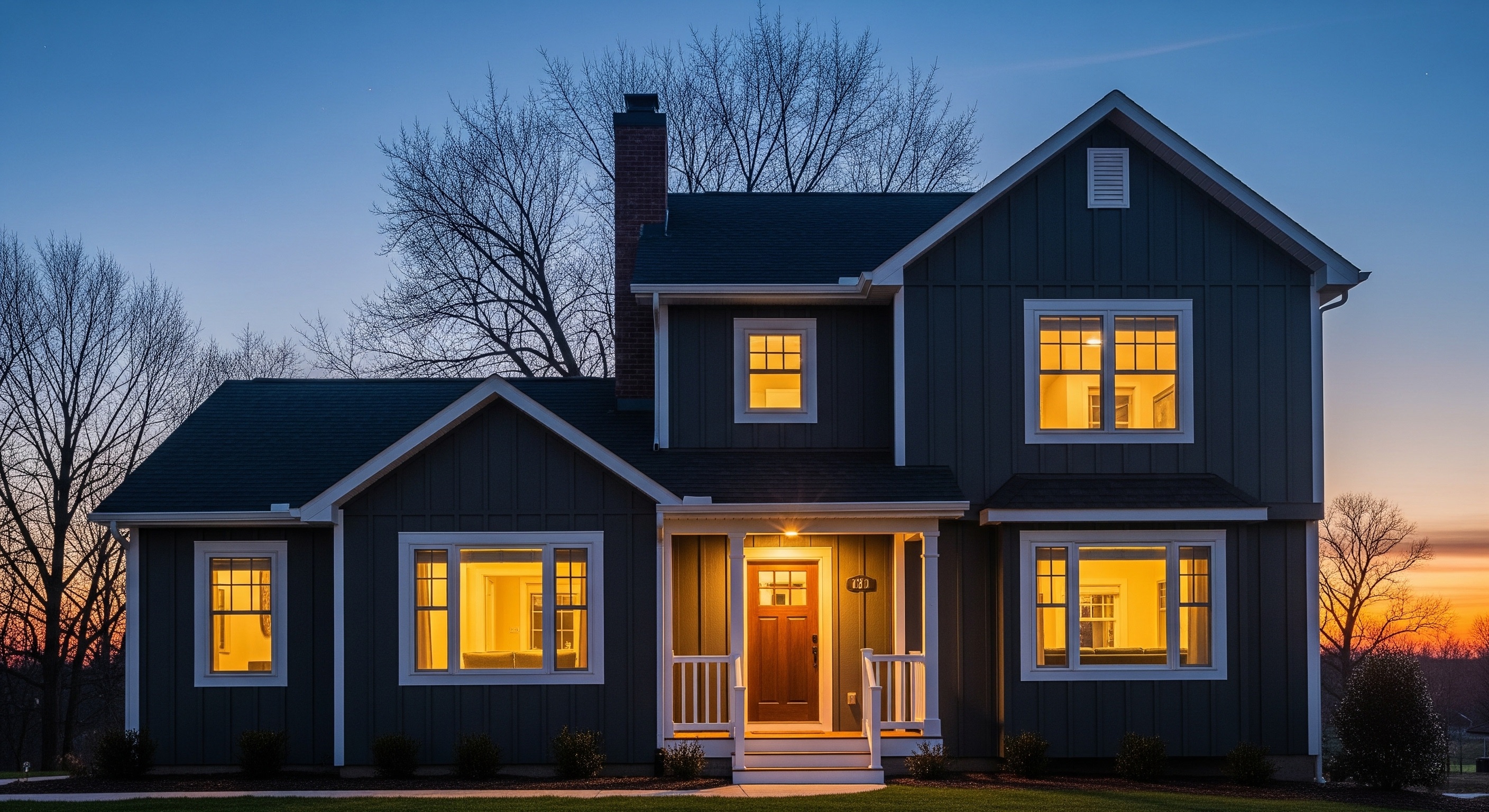
Frequently Asked Questions about Vertical Vinyl Siding
What are the Main Advantages of Vertical Vinyl Siding?
Arguably the most compelling advantage of vertical vinyl siding is that it offers a distinct and appealing look, unlike the very common horizontal siding seen on most structures. Further, it can make your property appear taller and more imposing. In terms of practicality, vertical vinyl siding is less likely to accumulate dust and precipitation, making it an excellent option for locations with heavy wind or rainfall.
Is Vertical Vinyl Siding a Durable Option?
Yes, vertical vinyl siding is a durable exterior home solution. It's resistant to common issues like rot, insects, and water damage. The vertical orientation further ensures minimal dust and precipitation collection, thereby enhancing its longevity.
Should I Install Vertical Vinyl Siding Myself?
While it's not entirely impossible to install vertical vinyl siding on your own, it's generally recommended to hire professionals for installation. This is mainly because the process can be complex, requiring particular tools and expertise to ensure proper balance and alignment. By opting for professional installation, you can also ensure the longevity and efficiency of your siding.
How Should I Maintain My Vertical Vinyl Siding?
Maintenance of vertical vinyl siding is relatively easy. Generally, an annual power washing to remove any dirt or mildew build-up should suffice. Always use a gentle detergent and avoid abrasive cleaners to preserve the siding's finish. Additionally, periodically check for any loose or damaged panels that may need repair or replacement.
Can I Paint My Vertical Vinyl Siding?
Yes, painting vinyl siding is an excellent way to refresh the look of your home or office. However, it's recommended to use a high-quality acrylic latex paint that's explicitly made for vinyl. Moreover, lighter shades are often better-suited for vinyl siding as darker pigments can absorb more heat and potentially warp the siding.
Will Extreme Weather Affect My Vertical Vinyl Siding?
Although vinyl siding is quite durable and resistant to standard weather conditions, extreme weather might pose a challenge. Vinyl does expand and contract with temperature changes. However, professional installers take these factors into account during installation. In intense heat, vinyl can melt, so you should avoid parking grills or other heat-generating items near your siding.
Is Vertical Vinyl Siding Available in Different Styles and Colors?
Vertical vinyl siding can come in a variety of styles and colors provided by different manufacturers. Most popular styles include standard, smooth, and woodgrain finishes while colors can range from traditional white, grey, and blue to more vibrant red, green, or yellow hues. Some manufacturers even offer a color-matching technology, allowing you to customize your siding color to match the rest of your property.
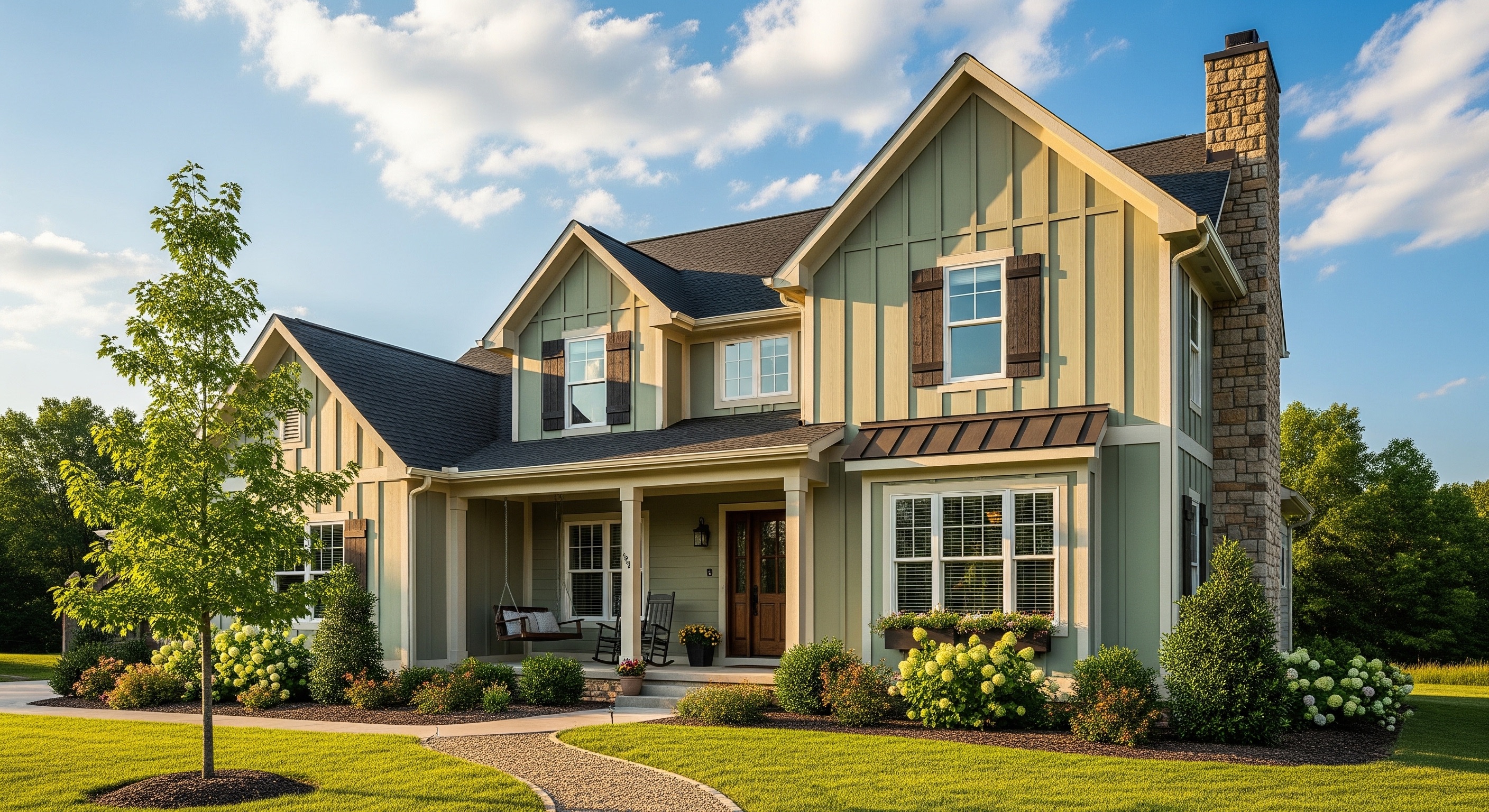
Pros of Vertical Vinyl Siding
Longevity and Durability
One of the biggest advantages of vertical vinyl siding is its longevity and durability. Unlike other siding options like wood or metal, vinyl is highly resistant to weather and insect damage. It can withstand harsh weather conditions such as high winds, heavy rains, and extreme temperatures without cracking, peeling, or warping. It's an all‐season performer and a proven cladding system. Its UV resistance safeguard your home’s exterior from fading and ensure it retains its new look for a longer period.
Ability to Withstand Elements
Particularly, vertical vinyl siding is considered to have an exceptional ability to withstand the elements because this panel orientation allows rainwater and snow to slide off rather easily, reducing the risk of moisture build-up and associated problems like mold and rot.
Cost-Effectiveness
Vinyl siding is a very cost-effective option when compared to other materials like wood or stone. It is much less expensive to purchase and install, and it can dramatically reduce maintenance costs over the life of the home. No need for repainting every few years, which will save you both money and hassle in the long run.
Eco-Friendly
Vertical vinyl siding is also an environmental-friendly choice as it helps in conserving resources. Most vinyl sidings are insulated, which can aid in improving the energy efficiency of your home.
Variety in Colors and Styles
With the advancement in manufacturing technologies, vinyl siding is now available in a wide array of colors, styles, and finishes that can cater to a variety of architectural styles. For those looking to customize the exterior appearance of their home, vertical vinyl siding provides you the flexibility and diversity to make your house stand out.
Cons of Vertical Vinyl Siding
Difficulty in Installation
Although vertical vinyl siding offers several benefits, it also comes with a few drawbacks. One of the prominent ones includes the difficulty in its installation. Unlike horizontal siding, vertical siding installation requires extra furring and flashing to ensure that corner caps are fitted appropriately and the system can repel water effectively. Thus, you need professional help to get the job done correctly which could be time-consuming and possibly expensive.
Maintenance
While it's true that vinyl siding requires less maintenance than other materials, it's not completely maintenance-free. Over time, dirt and grime can build up on the surface and it may need to be cleaned periodically to maintain its appearance. If it gets scratched or dented, the affected section will have to be replaced because it can't be patched or painted like wood.
Brittleness
Although vinyl siding is remarkably durable, it can become brittle over time, especially in cold weather. It's not uncommon for vinyl siding to crack if it's struck by a hard object, which can compromise the weatherproofing and appearance of the house.
Limited Color Retention
Despite a vast range of color choices, the color retention of vertical vinyl siding is not as good as its counterparts. After long exposure to sunlight and harsh weather conditions, vinyl siding may fade over time, losing its original luster.
In conclusion, while vertical vinyl siding comes with tons of advantages like durability and economical pricing, make sure to weigh these together with their cons such as installation hurdles and maintenance needs before making a decision. Always remember to consider the style of your home, your budget, and the local climate too.
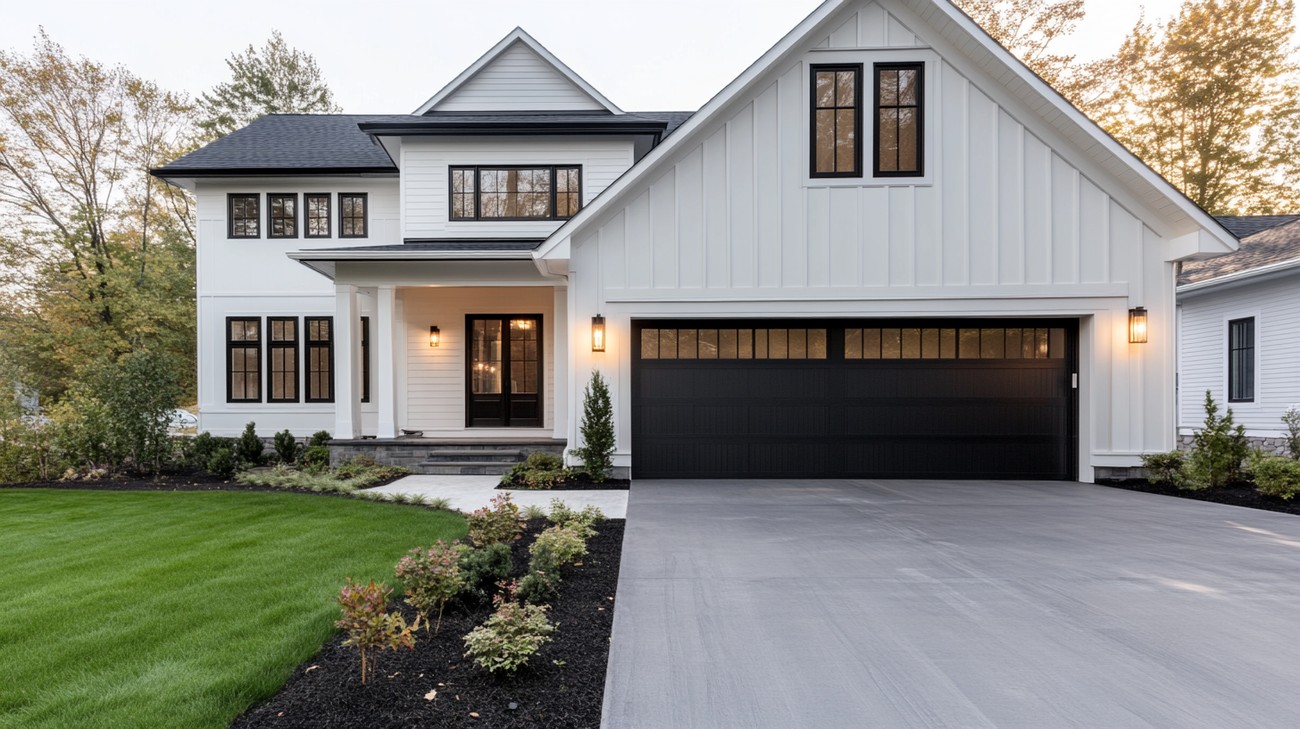
Myths and Misconceptions about Vertical Vinyl Siding
Myth 1: Vertical Vinyl Siding is Expensive
Misconception
A lot of people are under the impression that vertical vinyl siding comes with an hefty price tag. This belief usually steams from the comparison with traditional horizontal vinyl siding.
Fact
In reality, even though vertical vinyl siding can cost more upfront due to its installation process and the need for extra materials such as furring strips, it often turns out to be a cost-effective material in the long run. It's incredibly durable, weather-resistant, and requires minimal maintenance which saves a great deal of money over time.
Myth 2: It's Limited to Certain Architectural Styles
Misconception
Another common myth is that vertical vinyl siding is limited only to domestic barns and commercial architecture. Some believe it doesn't blend well with other architectural styles.
Fact
The truth is that vertical vinyl siding can enhance the aesthetic appeal of any building. It offers a wide range of colors, textures, and styles that can fit into any architectural design, from Victorian homes to contemporary condominiums.
Myth 3: Vertical Vinyl Siding Can't Withstand Harsh Weather
Misconception
Some homeowners are of the opinion that vertical vinyl siding isn't durable enough to withstand harsh weather conditions. They believe it can easily crack, fade, or warp.
Fact
This couldn't be further from the truth. In actuality, vertical vinyl siding is incredibly resistant to harsh weather elements. Its quality and manufacturing process make it resilient against cracking, chipping, peeling, and fading. It can also withstand high wind speeds, making it an ideal choice for homes in windy areas.
Myth 4: Vertical Vinyl Siding is Difficult to Install
Misconception
One fairly widespread belief is that vertical vinyl siding installation is complicated and time-consuming, requiring professional expertise.
Fact
While it's true that the installation process is slightly different compared to horizontal siding, with some basic DIY skills, homeowners can install it themselves. Instructions are often straightforward and many manufacturers offer guides to help through the process.
Myth 5: Maintenance is a Hassle
Misconception
Some people are wary of vertical vinyl siding because they think it requires constant upkeep and high maintenance.
Fact
Quite the opposite is true. Vinyl siding is famous for its low maintenance. Unlike wood, it doesn’t need periodic treatments to prevent rot or pests. A simple cleaning with a soft brush and garden hose every year is usually enough to keep your siding looking its best.
Myth 6: Vertical Vinyl Siding isn’t Eco-Friendly
Misconception
There is a prevalent belief that manufacturing vertical vinyl siding is not environmentally friendly, contributing to waste and emissions.
Fact
Vertical vinyl siding actually has a smaller environmental footprint than most imagine. Its durability means it doesn’t need to be replaced frequently, reducing its lifecycle footprint. Plus, many manufacturers are transitioning to the use of recycled content in their products, emphasising sustainability. Additionally, because of its energy efficiency, it can help reduce the energy consumption of a home, making it a green choice.
Myth 7: It Provides Poor Insulation
Misconception
Some homeowners fear that vertical vinyl siding does not provide adequate insulation to their homes, resulting in higher heating and cooling costs.
Fact
This is a myth. Vinyl siding, when installed correctly, creates a protective shell around your home, improving insulation significantly. The added efficiency can help reduce heating and cooling costs over time, particularly when combined with additional insulating materials.
Summary
So, there you have it. Vertical vinyl siding is certainly worth considering due to its numerous benefits. This option is much more durable and easier to maintain than many other siding materials. With a variety of colors and styles to choose from, vertical vinyl siding presents us with the opportunity to add personality and functional visual aesthetics to our homes. Its easy installation process does not just save time, but also lessens the cost involved in making our homes beautiful.
There's a great deal to appreciate about vertical vinyl siding, and it's not just all about its affordability. It's also energy efficient, making it a first rate choice that ultimately helps in lowering energy costs. The allure of a vertical design provides a unique charm that distinguishes it from conventional horizontal siding. All these factors make it a splendid choice for homeowners searching for a perfect blend of appeal, durability, and affordability.
Indeed, vertical vinyl siding emerges as a winner of a choice. It offers an easy way to enhance a home visually and structurally, and it stands up well to various weather conditions. No matter what style or age your property is, there's likely a vinyl siding that would perfectly suit your home. Next time you feel like giving your home exterior a facelift, don’t overlook this fabulous product. With all its aesthetic and practical benefits, vertical vinyl siding could well be the perfect pick for your home makeover.
About US Quality Construction of Lexington
US Quality Construction of Lexington, based in Lexington, KY, is a reputable company that is dedicated to adding value to homes and businesses with our top-tier construction services. We have a deeply rooted passion for construction and a rich history of delivering quality and excellence to every project we undertake. Our team comprises of highly skilled and experienced personnel who are committed to executing each task with optimal precision, efficiency, and customer satisfaction. We are known locally for creating refreshing indoor spaces and stunning outdoor environments that exceed client expectations. Our reputation is built upon our commitment to deliver high-end results, on time and within budget.
Tags: home improvement, siding options, exterior design,
